For many years, bullet trap technology has been mired in confusion, misunderstanding, and misinformation. The various approaches to bullet containment and disposal have become as diverse as they are numerous. The purpose of this article is to provide accurate information and valuable education by examining various bullet trap theories, technologies, and applications in an objective manner.
The following information represents the views and opinions of Action Target based on our experience and observations. You are encouraged to conduct your own research and speak with other users about their experiences with the various bullet trap technologies presented.
Sand Berm
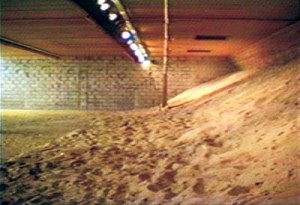
On ranges where qualification or other events where tightly grouped shooting patterns are common, concentrations of lead called hot spots can form behind the targets causing subsequent shots to ricochet and bounce back toward the shooter. In order to recover spent bullets, the berm must be mined and the lead separated out. A certain amount of the sand will be contaminated and must be replenished each time the trap is cleaned. Sand and dirt berms are coming under increasingly harsh environmental scrutiny due to high lead levels in the ground around the trap and the tendency of the lead to seep into surrounding ground water.
The benefits of a sand berm include low cost, relatively low maintenance, and the ability to use any kind of ammunition.
Weaknesses include potential environmental hazards, expensive mining, and hot spot ricochet.
Pit and Plate Trap
With this application, a steel plate is used to redirect bullets into a bed of sand. The steel is often called a “smash” plate because the acute angle—in this case, anything greater than 25 degrees—causes bullets to smash into small pieces on impact before they are scattered on the sand below.
Because the lead fragments rest mostly on top of the sand, this trap must be cleaned frequently by mining the lead from the sand and disposing of it properly. Under moderate to heavy use, a thick lead build-up can develop in the back corner of the trap causing bullets to be deflected back toward the shooter.
The benefits of a pit and plate trap include lower initial cost and simple installation.
Weaknesses include bullet fragmentation on impact, lead build-up, ricochet, and high maintenance.
Water and Plate Trap
The water and plate trap is similar to the pit and plate trap, except the sand is replaced by a large trough of water. Bullets still fragment into small pieces after impacting the smash plate, but with this system, they splash into the water and sink to the bottom of the trough. To retrieve the lead, you must shovel or scoop it from the water and dispose of it properly. The water in the trough must be replenished due to evaporation, and the evaporation can cause increased humidity on your range and problems with your ventilation system.
The benefits of a water and plate trap include lower lead dust levels and no ricochet off other bullets.
Weaknesses include bullet fragmentation on impact, maintenance of the water, and the limitation to indoor use only.
Venetian Blind Trap
This older application uses a series of angled steel smash plates to redirect bullets to the back and bottom of the trap. Some versions of this trap have the smash plates mounted loosely to help absorb some of the bullets’ energy, but the acute angle of the plates can still cause significant fragmentation. To keep bullet splatter from bouncing back at the shooter, rubber curtains are often mounted across the entire face of the trap.
Because rubber is destroyed every time you shoot into it, these curtains must be replaced or patched frequently to maintain their effectiveness.
The benefits of a venetian blind trap include the durability of steel, no sand or granules, and a small floor space requirement.
Weaknesses include bullet fragmentation on impact, splatter and ricochet, no close-range shooting, and maintenance of the rubber curtains.
Escalator Trap
This is another old-fashioned steel trap that uses steeply angled smash plates to stop bullets and direct the fragments to an open collection area. Some manufacturers recommend that the impact plates be coated with oil to provide lubrication and reduce fragmentation. This oil can be washed away into the surrounding soil if the trap is not protected from the elements in outdoor applications.
The same system of protective rubber curtains may also be necessary with this trap due to the acute angle of its steel smash plates.
The benefits of an escalator trap include the durability of steel and no sand or rubber granules.
Weaknesses include bullet fragmentation on impact, no close-range shooting, maintenance of the rubber curtains, and poor lead storage and collection.
Rely on the Experts for Help
There are hundreds of things to take into consideration when building a shooting range, but your top priority should always be safety. Before anything else, make sure your range is going to be safe for your customers, your employees, and the environment. If you are considering building a range, talk to the Action Target representative in your region and he will be happy to help you find the right equipment to fit your needs and budget.







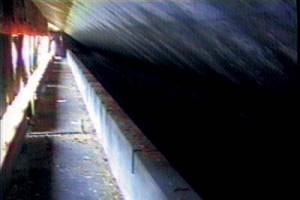
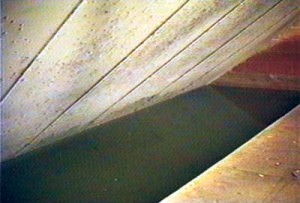

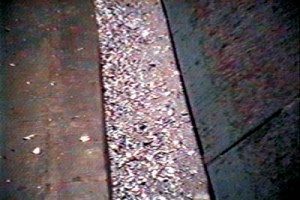
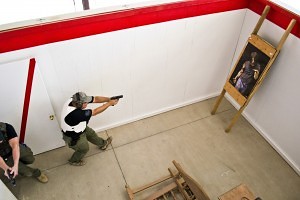
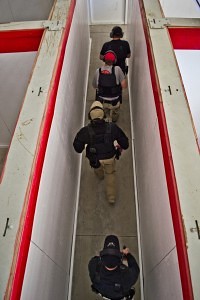
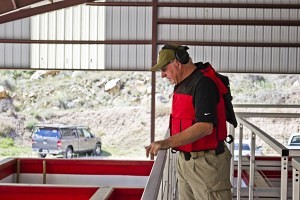
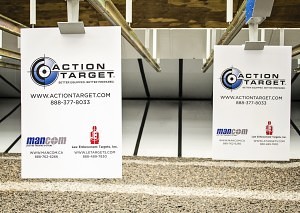
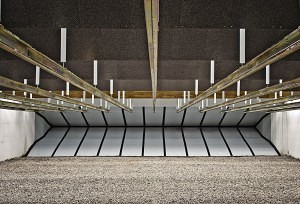
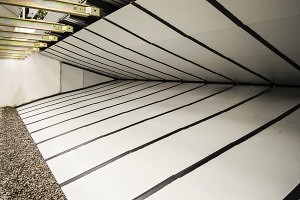
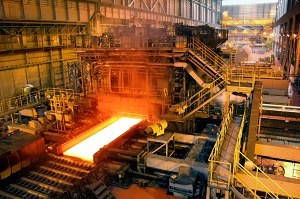 Steel is an alloy metal composed of iron and varying amounts of carbon and/or other elements such as chromium, nickel, tungsten, manganese, and so on. Steel with specific properties and characteristics is created by adjusting the overall chemical composition or by altering the various production processes such as rolling, finishing, and heat treatment. Because each of these factors can be modified, there is potentially no limit to the number of different steel recipes that can be created. Currently, there are over 3,000 catalogued grades or chemical compositions of steel available. Steel can utilize a wide variety of alloying elements and heat treatments to develop the most desirable combination of properties.
Steel is an alloy metal composed of iron and varying amounts of carbon and/or other elements such as chromium, nickel, tungsten, manganese, and so on. Steel with specific properties and characteristics is created by adjusting the overall chemical composition or by altering the various production processes such as rolling, finishing, and heat treatment. Because each of these factors can be modified, there is potentially no limit to the number of different steel recipes that can be created. Currently, there are over 3,000 catalogued grades or chemical compositions of steel available. Steel can utilize a wide variety of alloying elements and heat treatments to develop the most desirable combination of properties.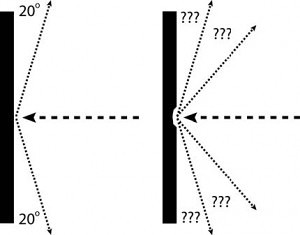
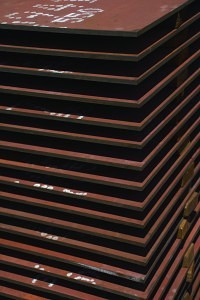
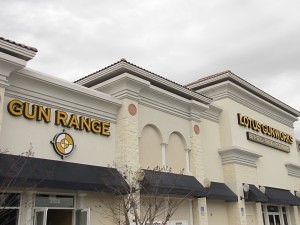
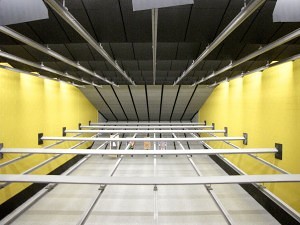
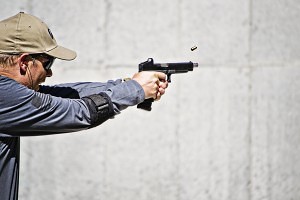
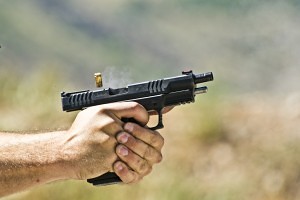 Now, let’s take a closer look at how and why precision shooting works. The muzzle of the pistol must be square with the target to hit the target. Think perpendicular with a very slight upward angle to account for the effects of gravity on the bullet, and horizontally centered. We use our sights as a guide to position the muzzle on the target. The more precisely we align our sights, the closer the muzzle is to square with the face of the target, and the more likely we will hit our desired point of impact, assuming that the pistol is already zeroed. The clear focus on the front sight as viewed through the slightly out of focus rear sight allows us the best chance to position the muzzle square to the target. The target should be out of focus, but its shape should be apparent. As stated above, the eye will automatically find the center of any object.
Now, let’s take a closer look at how and why precision shooting works. The muzzle of the pistol must be square with the target to hit the target. Think perpendicular with a very slight upward angle to account for the effects of gravity on the bullet, and horizontally centered. We use our sights as a guide to position the muzzle on the target. The more precisely we align our sights, the closer the muzzle is to square with the face of the target, and the more likely we will hit our desired point of impact, assuming that the pistol is already zeroed. The clear focus on the front sight as viewed through the slightly out of focus rear sight allows us the best chance to position the muzzle square to the target. The target should be out of focus, but its shape should be apparent. As stated above, the eye will automatically find the center of any object. Since it was founded in 1986, Action Target has had the pleasure of working with some of the greatest innovators in the industry from mechanical engineers to world-renowned law enforcement trainers. Each has left a unique impression and, in some cases, has even shaped the future of the company.
Since it was founded in 1986, Action Target has had the pleasure of working with some of the greatest innovators in the industry from mechanical engineers to world-renowned law enforcement trainers. Each has left a unique impression and, in some cases, has even shaped the future of the company.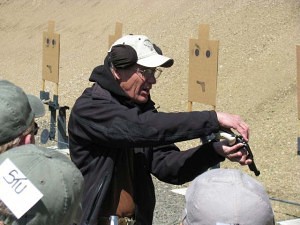
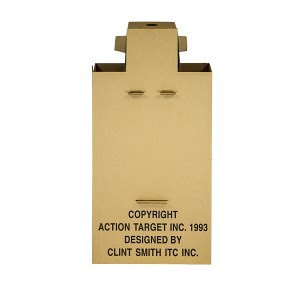
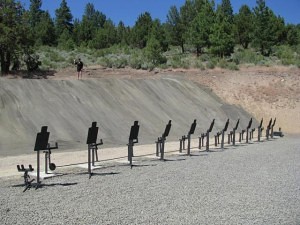
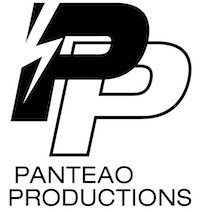 PROVO, Utah – March 7, 2013 –
PROVO, Utah – March 7, 2013 –  The more you know about what’s required to get your range approved, the better. Become familiar with local noise and firearms regulations as well as environmental restrictions that will apply to your shooting range. How will you handle noise abatement? How will you dispose of lead? How will you keep customers and employees safe? All of these issues will come up when presenting to the city council. If you already know what their concerns are by asking questions and doing research, you can adequately prepare to answer them.
The more you know about what’s required to get your range approved, the better. Become familiar with local noise and firearms regulations as well as environmental restrictions that will apply to your shooting range. How will you handle noise abatement? How will you dispose of lead? How will you keep customers and employees safe? All of these issues will come up when presenting to the city council. If you already know what their concerns are by asking questions and doing research, you can adequately prepare to answer them.